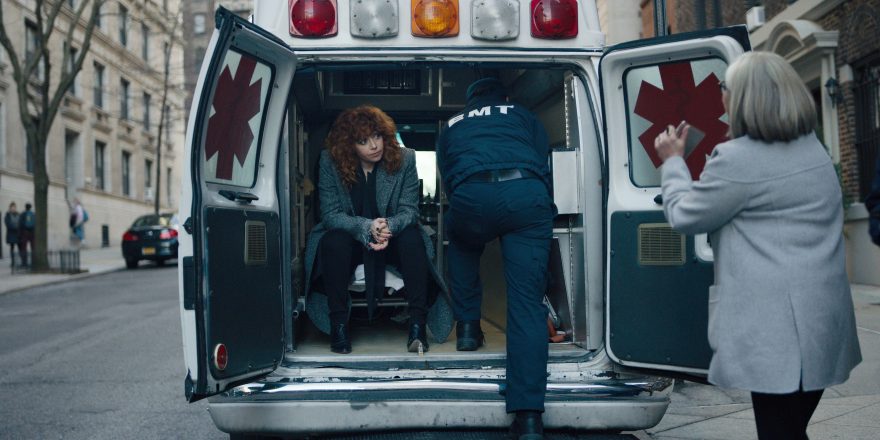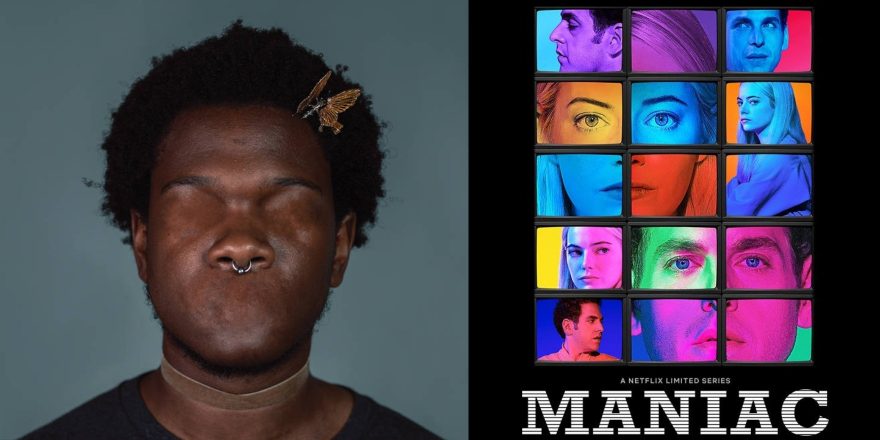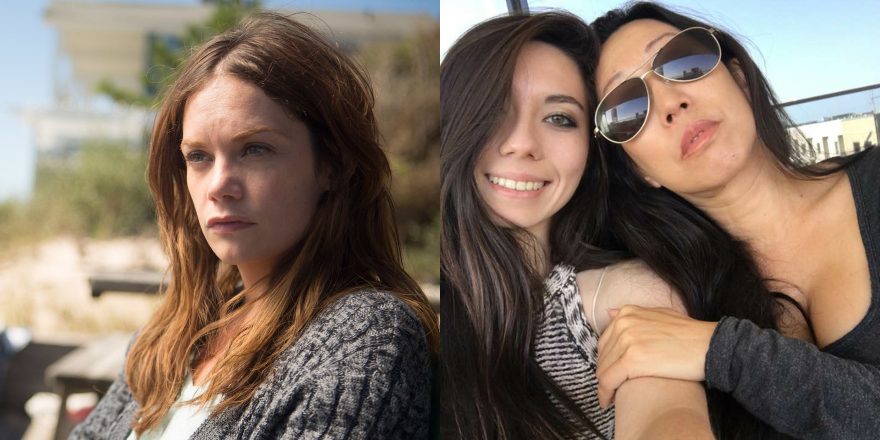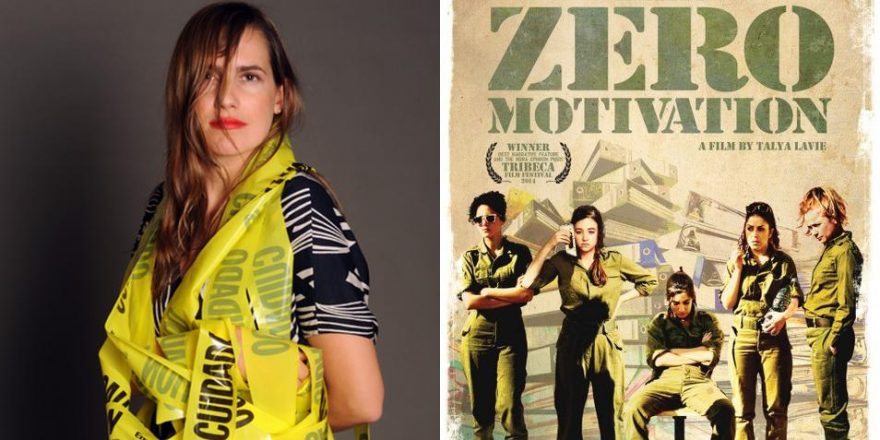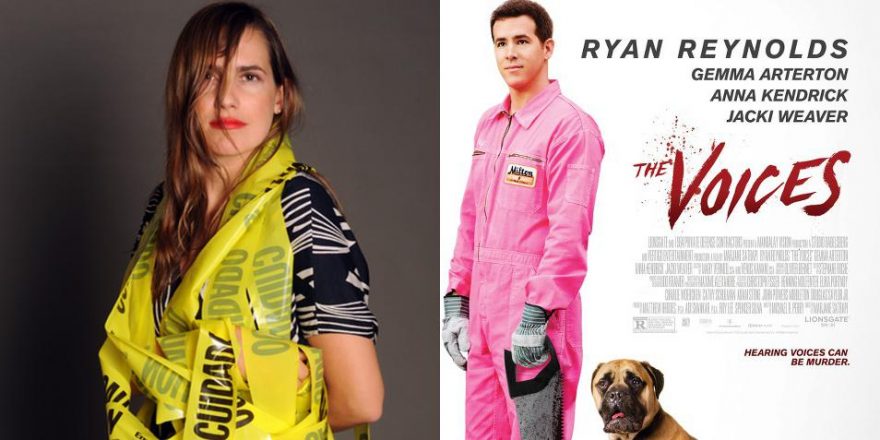Spoiler Alert: This conversation may contain spoilers, so proceed at your own comfort level. You’ll enjoy the chat more if you’ve seen the show.
TRIGGER WARNING: Russian Doll is so emotionally honest, it stirs things up as you watch it. It made me want to call my therapist.
Perhaps you, like me, have suffered from Groundhog Day Syndrome, the condition where you repeat something over and over until you get it right? In Russian Doll, protagonist Nadia, epically played by Natasha Lyonne, is the female Bill Murray we’ve all been waiting for.
The visionary creators of this show, Leslye Headland, Natasha Lyonne and Amy Poehler, clearly went deep with this material, mining their own depths to make something so resonant in its pain and catharsis that you feel it. Throughout the season, Lyonne’s character shows us, step by step, how to untangle the mess that is our lives.
It reminded me of my own therapeutic process.
Thankfully, the person I talk to the most regarding this process, therapist Rebecca Bateman (LCSW, PsyA), had also just watched the show.
Here is the conversation we had about this profoundly effecting, emotional-roller-coaster-ride:
Jennifer Prediger: The show reminded me of therapy – or just life without therapy. We are all like the main character, Nadia – who is living in this time loop and basically repeating the same thing over and over again until she becomes conscious of it.
Rebecca Bateman: I think that is the arc of life – whether you’re in therapy or not. You keep repeating these things over and over again, and if you’re lucky, you figure out what you’re doing to keep fucking up. And you can change it.
JP: It’s interesting, the fucking up part. There’s a great quote in the show where Nadia talks about bad people. “What is this ‘bad person’? I mean, there’s Hitler and there’s everybody else.” It acknowledges we’re all nuanced and neither good nor bad. We’re human beings in process, making mistakes and hopefully learning from them. Mistakes can force you to get inside yourself and deal with whatever it is that led you there in the first place.
RB: Yeah, that was an interesting moment in the show because, yes, we are all the same in that we’re just trying things. But at that point she also was very unaware of her own failings until she started asking people if she had done anything wrong. And then her therapist at one point says, “You need to forgive your mother. I forgive you for all the stuff that you do.”
JP: There were a lot of references to therapy in the show, largely through the “replacement parent” in Nadia’s life, Ruth Brenner (the fantastic Elizabeth Ashley), who is a therapist. I was curious, how did you feel the therapist was presented? Often it feels like therapists are not portrayed fairly or accurately.
RB: To be fair, I think there are a wide range of therapists and types of therapists. Certainly more of the extreme or problematic ones are the ones that get air-time because they make better stories.
JP: We like watching train wrecks.
RB: Those are the parts of ourselves that we’re grappling with. Or parts of others that we’re grappling with. I really like Ruth’s character. I thought she was very relatable and there were some questionable boundary issues there, right? Why was it her that Nadia went to live with? That’s not really a standard move. It also kind of makes you wonder about the therapist’s history, because she seems to be alone in this brownstone and there seemed to be a certain amount of isolation she was experiencing as well.
JP: She’s so alone she had a gun in her house and shot and killed Nadia in one episode, thinking she was a prowler. It seemed like Nadia was really afraid of hurting her by dying and making her worry at all.
RB: That’s interesting you would bring up that part, because Nadia had this memory that plagued her that she killed her mother by wanting to leave her. And so probably there was this fear of doing it again, in a way. That ties back to the sense of evil she felt that lived inside of her. From this child’s perspective, she felt like she had killed her mother by having this thought. Which is such an emotional truth, of especially that age. At the same time, she didn’t actually realize the things she had done that had hurt people in her adulthood.
JP: The victim becomes the perpetrator and doesn’t even see it.
RB: Right. She’s so wrapped up in her own pain, so blinded by it.
JP: And choked by it. That was so painful seeing her starting to connect with her inner child and how it brought up so much. These shards of the terrible memories of her mother. They’re literally tearing her insides up.
One of the first times she sees her inner child, she has a heart attack on the spot. It’s like that way you can be haunted by a suppressed memory. I was so destroyed by it, I wanted to have a session in between episodes.
RB: Yeah, there was something so relatable about that little girl. It’s hard to portray how scary and painful it is to do the work of therapy or of healing. They did a really good job of showing how she approached the thing, the intense fear and pain that it brought up. This is why a lot of people don’t heal, because they don’t want to experience that part of the process.
JP: The suppression of the pain is far more painful than just allowing it. Letting it pass. She was this woman who had 10,000 pounds lifted off of her shoulders as soon as she dealt with it all. I guess it saved her life.
RB: Absolutely. It gave her a new life, in a way.
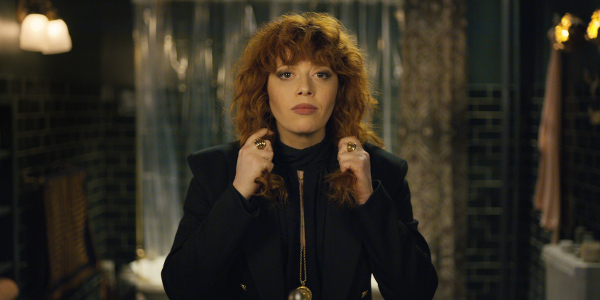
JP: I’m so curious if there will be a second season. I’m not sure exactly where they’d go with it. Will they show the nature of how issues come back up again in a weird, unexpected circular way? In life, some of your issues will come up again and again, just in different ways, hopefully less painfully.
RB: Also there’s the healed version of yourself, there’s the broken version of yourself, there’s the young person, and they’re co-existing all at once. They move from the foreground to the background depending on what’s being triggered at any particular moment in time.
JP: Nadia says at one point, “Life is like a box of timelines. Ya feel me.” That’s really hard for my brain to comprehend – in a literal sense. I get it in a poetic sense.
RB: I think we need to talk to some physicists in order to get a handle on that one. Even though it’s hard to conceptualize mentally, I think that emotionally it’s more accessible, right? The way that throughout a day we feel so many different things. We can feel so many contradictory things because we have all of these different experiences in our past that are getting triggered in the present moment. That’s time travel.
JP: It’s true! It’s weird how often I’ll flash onto something else. That’s pretty common?
RB: I think that’s the human state.
JP: There’s a sweet part where Alan said, “Everyone is trash.” And Nadia responded, “Forgive them then.” I think that must have happened after she had the conversation with Ruth about forgiving her mother. It was a big idea.
RB: When she had the conversation with Ruth, I think she was rejecting the idea. So this is her accepting it.
JP: There’s such nice growth. There are these little baby steps and incremental things that accumulate over time to make you just a happier person, I guess.
RB: Happier, or more fully you. I really like that moment when Alan says something like, “You promise if I don’t jump I’ll be happy?” and Nadia says, “No, man, absolutely not. But I can promise you, you’ll not be alone.” I feel like that is a lot of what the healing process is about coming to terms with. And that’s what makes it bearable.
JP: This show has such a universal resonance. I don’t know how many people feel like they carry trauma from their childhood, but it’s probably a lot. Maybe just growing up is traumatic.
RB: For a lot of people. She experienced a level of trauma that is particular to some. But I think even in a lesser degree, the analogy still holds.
JP: The Russian Doll is such a great metaphor. The generations that we come from, they’re like the layers of an onion. But in the generational metaphor, her mom was the doll bigger than her. Whatever was going on with her mom, and her mom before her, and so on. We kind of carry all of that.
RB: There’s also the idea of her being a doll, as opposed to a person. When you have a narcissistic or psychotic parent who can’t actually relate to you as a human being, you become this object or doll or … function. You function for the adult in a particular way, and we saw that with her.
JP: She had to hold her mother up when she was buying an absurd amount of watermelons and being criticized for it and couldn’t handle the criticism. What a difficult thing for a child to have to do.
RB: Yeah, and inappropriate and unfair and damaging, as the show clearly portrays. There are consequences when you don’t take care of children.
JP: In some ways, Nadia was very well adjusted given what she had gone through. She was a capable, confident, competent person who was running the show but clearly living unconsciously.
RB: She had a pretty hard shell.
JP: Very. What are your thoughts about reliving trauma as an important part of a person’s process. Do you think you really have to relive it to get through it?
RB: I don’t know if you have to, but I think most people do. Up until now, that’s sort of been the way. I think to a certain extent you do have to retrace your steps as if you took a wrong turn and get back to that spot and make a new choice. Whether it’s literally remembering or more experiencing the emotional state without the thoughts and details that accompanied it – there are different varieties of remembering. The emotional truth is that part you have to return to in order to transform it.
JP: Thank you for watching the show.
RB: I was so into Natasha’s character.
JP: She was great.
RB: She was … The whole thing was so well done. The writing was amazing.
JP: All women. All women wrote and directed it. I do feel like it captured this female perspective in such a great way without it being about “women.” It just felt like it was for everyone.
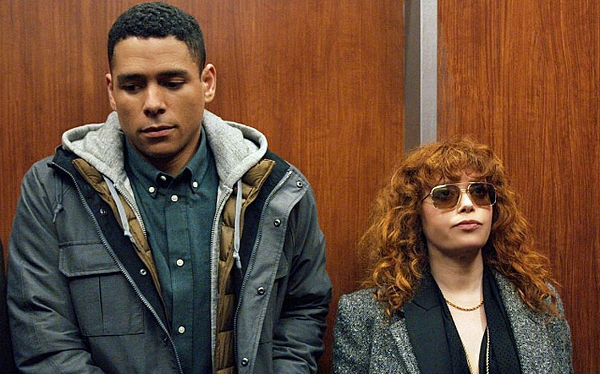
RB: There was one other thing I wanted to mention that I thought was important. The depiction of the mom. With this and Sharp Objects, we’re seeing more and more of these broken mothers, because there has been such a taboo around discussing the failings of mothers just in our society. There’s this idea that they always did their best and we should always be grateful to them and that we shouldn’t criticize them or portray them badly, because of the sanctity of motherhood or something. It made me really happy to see this type of character portrayed in a realistic way, because so many people have mothers like this.
JP: Yes.
RB: I think to have more mental illness shown in media is healing in and of itself, because it makes people feel less alone.
JP: The whole message of the show: we’re not alone. It was super meta. I feel like in creating the show, the people who made it healed parts of themselves. I think they excavated a lot of their own personal pain. Doing that has such a universal resonance because we all can latch on to it in some personal way. To me it feels like television at its finest – helping people’s mental health while being delightful and entertaining. … And showing how moms be crazy sometimes.
RB: Yeah, it’s a tough world for moms. It’s a lot of pressure.
JP: It’s a huge responsibility. They are just people hopefully doing the best they can. I have great respect and empathy for that. And also there is damage. It’s complicated.
RB: I also wondered where the dad was. As you said about it being a story about women for everybody – I mean, there was Alan. I was wondering what had happened to Alan. Clearly he had his own really difficult childhood.
JP: Yeah, they didn’t go into that.
RB: Maybe in Season 2.
JP: That would be interesting.
RB: The whole thing seems rich for another season or six, you know?
JP: It was never really resolved why they got in “the loop.” Or how exactly.
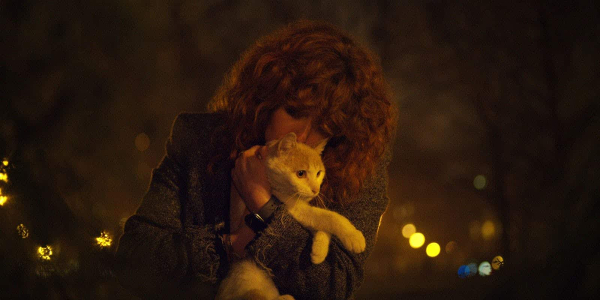
RB: And the bathroom. Which is really interesting thinking about it, right now. I hadn’t thought of it before but like the bathroom mirror is a place of self-confrontation, right? Where you see yourself in the morning and at the end of the day. Someone said to me once that was the hardest part of their day, brushing their teeth and having to look at themselves in the mirror.
JP: Wow … It’s such a powerful metaphor and literal thing that people do. The way every time they die they start again by looking in the mirror – pretty much the same way we all go to sleep at night and start again the next day. Reset in the same place, looking in the same mirror. For the most part, unless you’re traveling.
The mirrors were so symbolic – they almost represent consciousness itself. The asshole professor who was sleeping with everyone – what a fantastic pariah – his mirror gets smashed by Alan and he gets really upset and asks the young female student in the room, “What does my face look like?” Such a weird moment. I love the whole line about how he’s not a choice, he’s the space where a choice should be.
RB: That was brilliant. That rang so true.
JP: When you’re facing that abyss inside yourself and you’re drinking and blacking yourself out –
RB: He’s more than happy to step in, in those moments.
JP: He’s always there when you don’t need him. What a good show!
RB: It’s so good!


